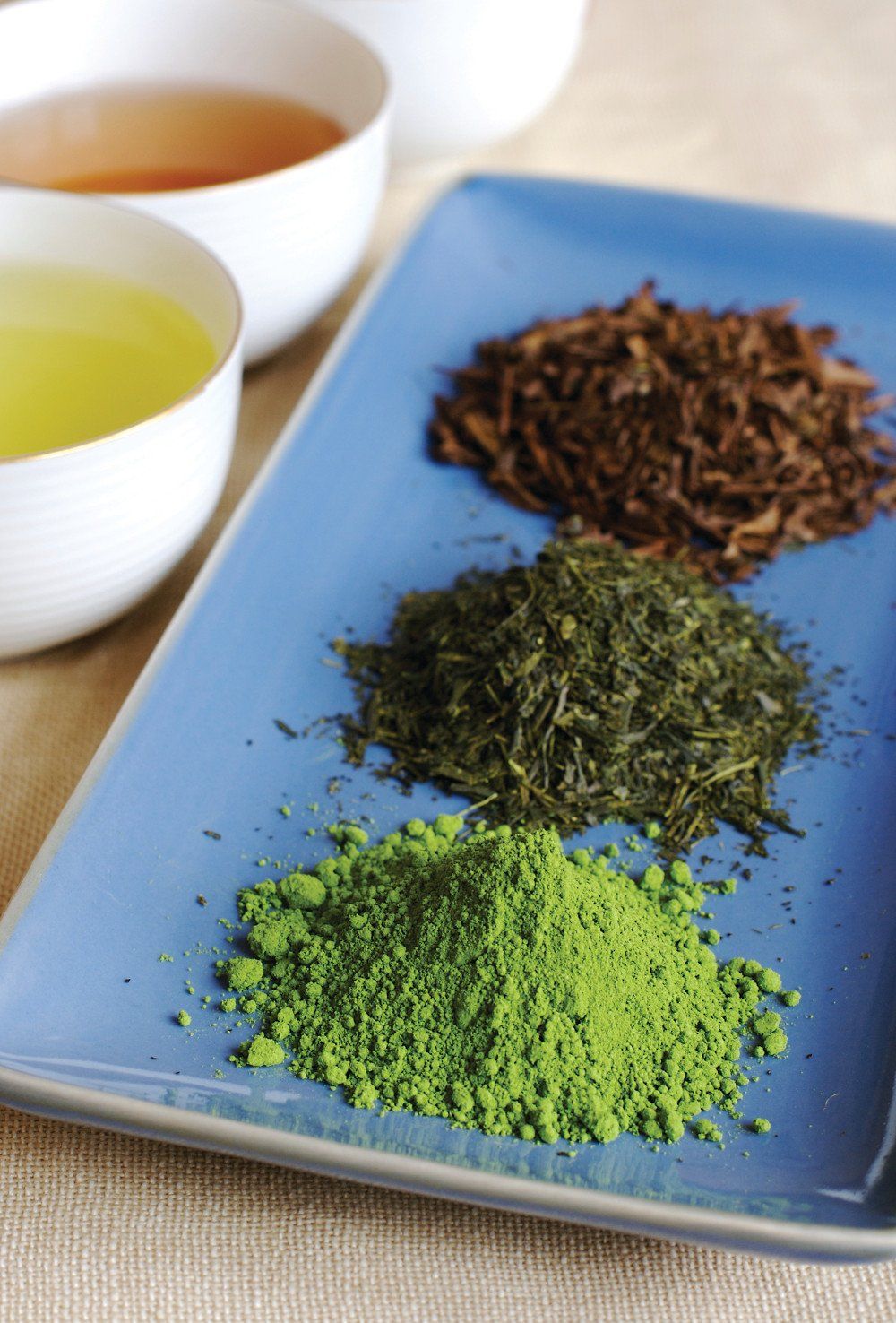Rosemary and Green Tea Blend Preserves Meat Color, Flavor, Says Kemin
A color stability study suggests a blend of rosemary and green tea extract outperforms rosemary extract alone in preserving the color of ground beef.
Photo © iStockphoto.com/amber_b

A bright red color is often the first thing consumers look for when purchasing meat and poultry, and a new study suggests a blend of rosemary and green tea extract may be just the thing to preserve that ideal coloration.
Kemin Food Technologies (Des Moines, IA) recently shared results of a new study, which found that its rosemary and green tea extract blend is better at preserving the color of ground beef than rosemary extract alone. The color-stability study was conducted at the University of Nebraska–Lincoln meat lab in February 2015.
Researchers treated 0.725-lb portions of coarsely-ground, 81% lean beef with either rosemary extract alone, rosemary extract and green tea extract blend, or no treatment. The meat was then stored in a simulated retail display for ten days, with color measurements taken with a HunterLab ColorFlex Colorimeter.
Compared to the untreated beef and the beef treated with rosemary extract alone, the ground beef treated with Kemin rosemary and green tea extract blend “yielded the least discoloration and most typical bright cherry red color of ground beef,” Kemin says.
A fourth experimental treatment-acerola extract, rosemary extract, and green tea-also preserved the ground beef coloration better than the rosemary extract alone, researchers reported.
“Studies have demonstrated that rosemary and green tea extracts can enhance or protect color and flavor, as well as increase shelf life of ground meat products, by providing protection to both the phospholipids (polar) and triglycerides (non-polar) portions of the meat,” says Courtney Schwartz, senior marketing communications manager, Kemin.
In its announcement, Kemin also proposed two other advantages a rosemary and green tea extract blend may have for preserving meat over a single-ingredient solution.
“First, adding high use levels of rosemary extract or green tea extract alone may impart a negative flavor on meat: the blend of obth extracts would not and thus can be applied at higher use rates,” explained Kemin. “Second, the catechins in green tea extract may act as an iron chelator, suppressing the iron released from the hemoglobin that can be prevalent in ground meat and can act as an oxidant.”
Kemin concluded by noting that manufacturers may be better able to take advantage of fluctuating meat prices with its rosemary and green tea extract blend, which may allow them to “keep their meat supply protected from oxidation longer.”
Read more:
Green Tea Pills Outperform Green Tea Drink?
Kemin Focuses on Sustainable Rosemary
Michael Crane
Associate Editor
Nutritional Outlook Magazine
michael.crane@ubm.com
Prinova acquires Aplinova to further increase its footprint in Latin America
April 7th 2025Prinova has recently announced the acquisition of Brazilian ingredients distributor Aplinova, which is a provider of specialty ingredients for a range of market segments that include food, beverage, supplements, and personal care.










